
GUEST BLOGGER MICHELLE LORD
In preparation for Earth Day on April 22, I thought I would focus this blog post on my book about ocean pollution. The Mess That We Made is a cumulative tale that portrays the terrible impact of plastic trash on the ocean and marine life.
I was inspired to write this story after reading about the Great Pacific Garbage Patch, a collection of plastic trash in the Pacific Ocean. When I saw how our trash affected seals and turtles, it broke my heart. What could I do? I chose to reduce my single-use plastic consumption and write a book to inspire young readers to make changes to save our seas!
Celebrate with a plastic audit
Read The Mess That We Made including the backmatter.
Ask students to create a list of the single-use plastics they have used this week. Single-use plastics are used once before being thrown away. Compare. Was anyone surprised at the amount of plastic they use? I was!
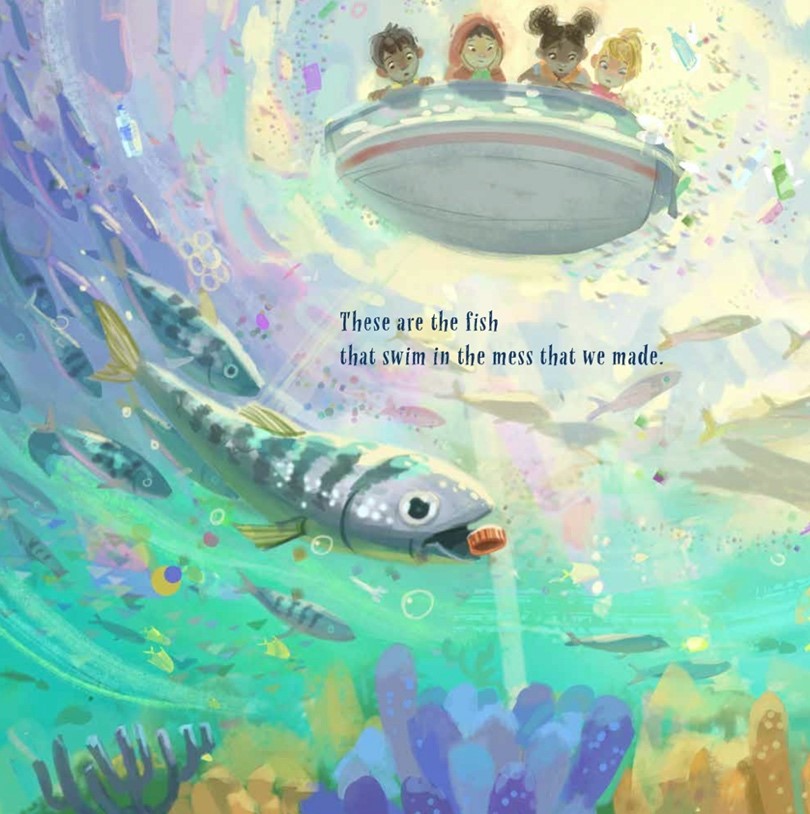
Try these ideas for eliminating much of your single-use plastic.
Earth Day literacy
Engage students with one or more of the following persuasive writing activities:
- Write a letter to a friend or family member. Explain why they should reduce their plastic usage, OR convince them to join you in an upcoming beach or river cleanup. Why should they participate?
- Write a postcard to yourself from your future self about the changes you and your family or school have made in the past year to help the environment. Reread the backmatter in The Mess That We Made for ideas. Pat yourself on the back for a job well-done.
- Write a journal entry for April 22, 2050. Earth Day. How has plastic pollution been reduced around the world? Have new machines been invented that remove trash from the ocean? Get creative.
- Brainstorm and list slogan ideas to help remind students to use less plastic. A slogan is a memorable motto or phrase. Make bumper stickers with the new slogan. You have the option to make personal, classroom or family mottos. Example: Refuse it if you cannot reuse it!
Compare and Contrast
Read more nature books such as:
- The Brilliant Deep by Kate Messner
- Water Can Be by Laura Purdie Salas
- Animal School: What Class Are You? by Michelle Lord
- The Boy Who Grew a Forest by Sophia Gholz
- Speediest! 19 Very Fast Animals by Steve Jenkins
- Plastic, Ahoy! Investigating the Great Pacific Garbage Patch by Patricia Newman, photographs by Annie Crawley
Compare the genres, topics, style, and illustration media. How are these books similar? How are they different?
Create Venn diagrams to show the relationships between three of these books.
Earth Day for older students
How do students think that garbage thrown out in the city winds up in the ocean?
Reread the list of single-use plastics students have used during the past week.
List ways to reduce single-use plastic use in daily life, and have students create an infographic. Refer to The Mess That We Made for ideas.
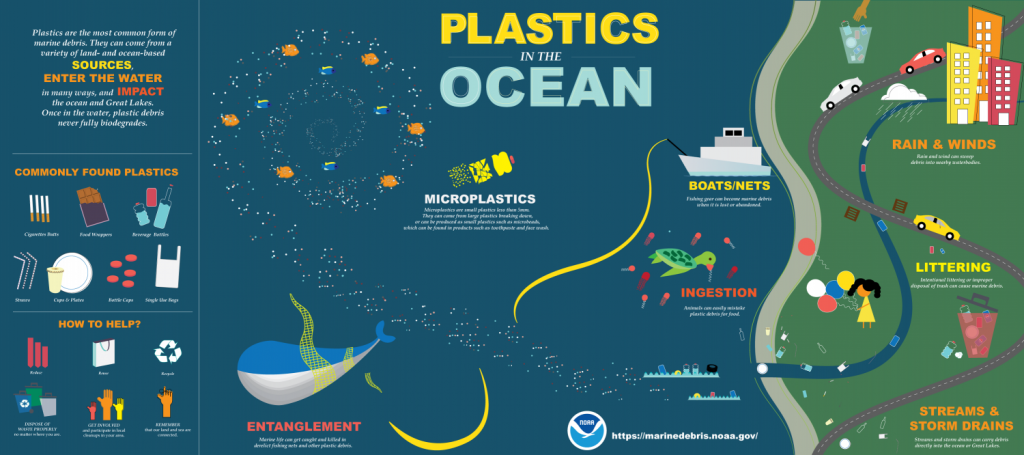
Earth Day Math
Have students create a bar graphs to show single-use plastic usage for one week. This can be done as a group or individually. Students can use an online graph creator like this one, or draw their own. Enter values and add labels. What type of plastic do students use most? What changes could they make to reduce this usage?
Earth Day art
Have students create an ocean animal or seabird using clean items from the recycling bin. Or items collected from around their neighborhood, schoolyard, local beach, or waterway.
Watch the following video featuring an artist who make treasures out of trash.
In this next video, notice how Angela Haseltine Pozzi researched her subject before beginning her project.
Have students research their chosen animal. Ocean Conservancy offers a number of animal fact sheets, or students can find their own sources. Note colors and textures. What makes this creature unique and necessary to its environment? List these characteristics.
Or use the worksheet provided. Circle an animal from the left column. Ask students which trash or recyclables they would use to make a portrait or sculpture of this animal. Match the materials with the chosen animal.
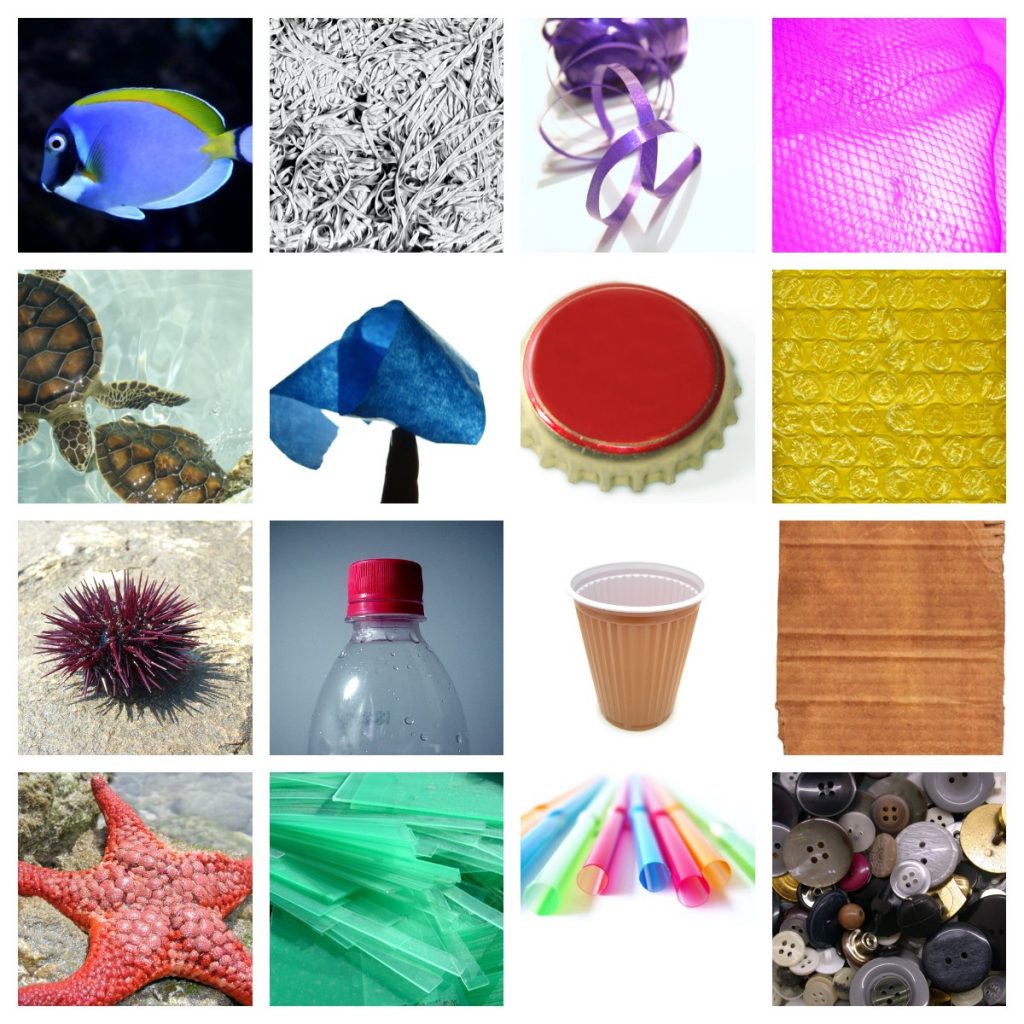
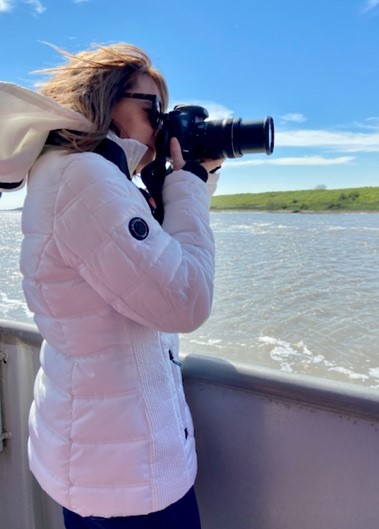
Michelle Lord is a Texas based author of several nonfiction picture books including Patricia’s Vision: The Doctor Who Saved Sight (Sterling Children’s Books 2020), A Girl Called Genghis Khan (Sterling Children’s Books 2019), and Animal School: What Class Are You? (Holiday House 2014). When she’s not writing, you can find her snapping photographs, watching hummingbirds, reading books of all kinds or binging Netflix with her family during COVID-19. You can keep in touch with Michelle on Twitter @theelords and Instagram @michellelordbooks and her website www.michellelordbooks.com. Follow Michelle’s publishers here: @flashlightpress @sterlingkids @HolidayHouseBks



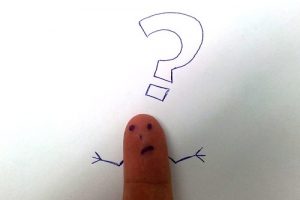
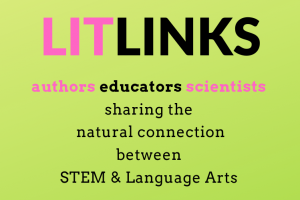
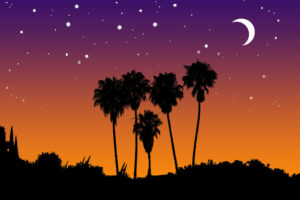


Leave a Reply
Your email is safe with me.